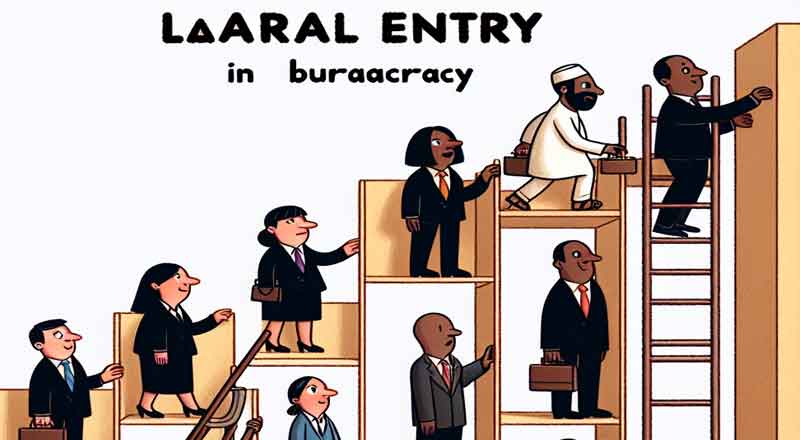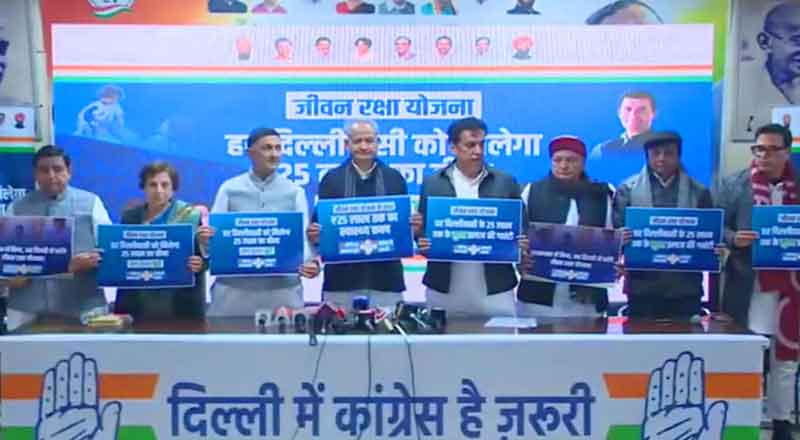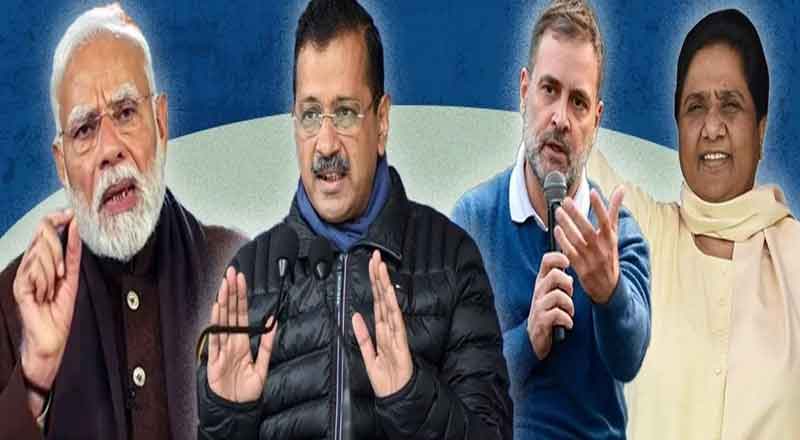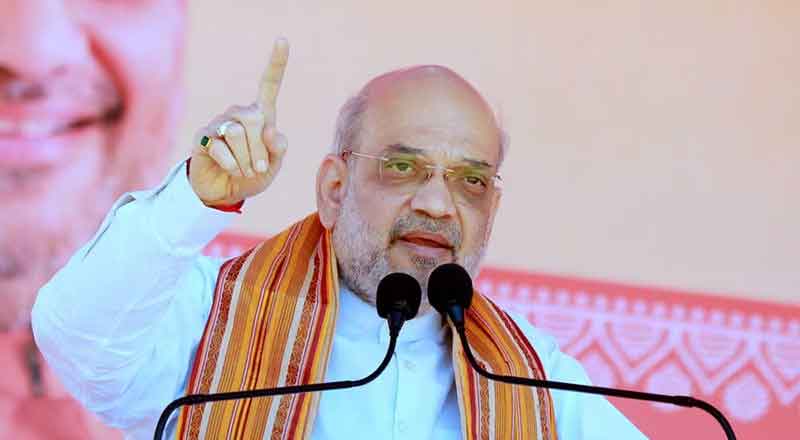The Indian government recently made a significant move by cancelling its lateral entry advertisement, which sought to fill various positions in the Union government. This decision came on the heels of intense backlash from opposition parties and concerns voiced within the ruling National Democratic Alliance (NDA). The controversy surrounding lateral entry into the bureaucracy, a mechanism aimed at infusing fresh talent from outside the traditional civil services, has now escalated into a full-blown political row, with implications for the future of governance in India.
What is Lateral Entry?
Lateral entry refers to the recruitment of experts from various fields directly into the bureaucracy, bypassing the traditional route of the All-India Services and Central Civil Services. The concept was proposed by the NITI Aayog in 2017 as a means to bring in domain-specific expertise at middle and senior management levels in the central government. The aim was to strengthen the central secretariat with professionals from private companies, public sector undertakings, and state governments.
Since its implementation, about 63 individuals have been hired through lateral entry, including joint secretaries and directors. These appointments are typically for an initial period of three years, with the option to extend for an additional five years. The idea behind lateral entry, as explained by then Minister of State for the Department of Personnel and Training (DoPT) Jitendra Singh, was to achieve two objectives: bring fresh talent into the system and augment the availability of skilled manpower.
The Political Row Begins
The controversy took a sharp turn on August 17, when the Union Public Service Commission (UPSC) published an advertisement inviting applications for positions such as joint secretary, director, and deputy secretary in 24 ministries. The eligibility criteria included experienced professionals from State/UT governments, PSUs, research institutes, the private sector, and universities. Notably, the advertisement mentioned that all posts were suitable for candidates with benchmark disabilities but did not include any provisions for reservations for Scheduled Castes (SC), Scheduled Tribes (ST), or Other Backward Classes (OBC).
This omission sparked outrage among opposition leaders, including Congress’s Rahul Gandhi and Samajwadi Party’s Akhilesh Yadav, who accused the government of undermining the reservation system. The lack of reservations in the lateral entry scheme became a focal point of criticism, with leaders arguing that it disproportionately affected the representation of marginalized communities in government positions.
NDA’s Internal Dissent
The backlash was not limited to the opposition. Within the NDA itself, dissenting voices emerged. Union Minister Chirag Paswan, leader of the Lok Janshakti Party (Ram Vilas), was one of the first to openly oppose the scheme. Paswan argued that reservations must be upheld in all government appointments and expressed concern over the potential implications of bypassing this constitutional provision.
Nitish Kumar’s Janata Dal (United) also criticized the scheme, with party spokesperson KC Tyagi warning that the move could hand the opposition a potent issue to rally around. Tyagi emphasized that the government should not give the opposition ammunition by neglecting social justice and reservations, which are deeply ingrained in Indian political and social discourse.
Opposition’s Criticism Escalates
The opposition’s attack on the government intensified as Congress leaders, led by Rahul Gandhi, framed the lateral entry policy as an assault on Dalits, OBCs, and Adivasis. Gandhi accused the BJP of attempting to dismantle the reservation system under the guise of meritocracy. Congress President Mallikarjun Kharge further elaborated on these concerns, alleging that the Modi government was systematically reducing government jobs and undermining the reservation system through privatization and contractual appointments.
Akhilesh Yadav of the Samajwadi Party threatened to launch a nationwide movement against the policy, accusing the BJP of trying to place its ideological allies in key government positions. He claimed that the lateral entry scheme was a deliberate attempt to side-line marginalized communities by bypassing the reservation system.
Tamil Nadu Chief Minister and DMK leader MK Stalin also joined the chorus of criticism, describing lateral entry as a “direct assault” on social justice. Stalin called on the Union government to prioritize filling backlog vacancies for OBCs and SC/STs and to ensure fair promotions.
Centre’s Defense and Response
Facing mounting pressure, the government defended the lateral entry policy, with Law Minister Arjun Ram Meghwal dismissing the opposition’s allegations as baseless. Meghwal pointed out that lateral entry was not a new concept, citing the example of former Prime Minister Manmohan Singh, who was appointed as an economic advisor through lateral entry in 1971. He argued that the opposition was engaging in hypocrisy, as the United Progressive Alliance (UPA) government had also utilized lateral entry during its tenure.
Union Minister Ashwini Vaishnaw echoed this sentiment, accusing the opposition of double standards. He emphasized that the NDA government had merely made the lateral entry process more transparent, contrasting it with the UPA’s approach.
A Policy Under Scrutiny
The cancellation of the lateral entry advertisement has highlighted deep-seated tensions within Indian politics, particularly around the issue of reservations and social justice. While the government defends the policy as a means to bring expertise into governance, opposition parties view it as a threat to the hard-won rights of marginalized communities. As the debate continues, the future of lateral entry into India’s bureaucracy remains uncertain, with the potential to reshape both the administrative landscape and the political discourse in the country.
(With inputs from agencies)





